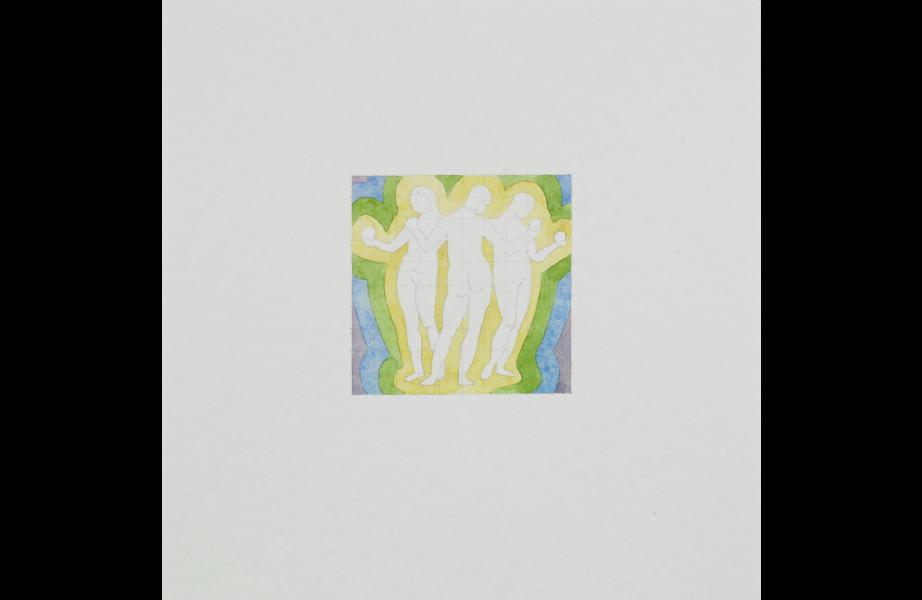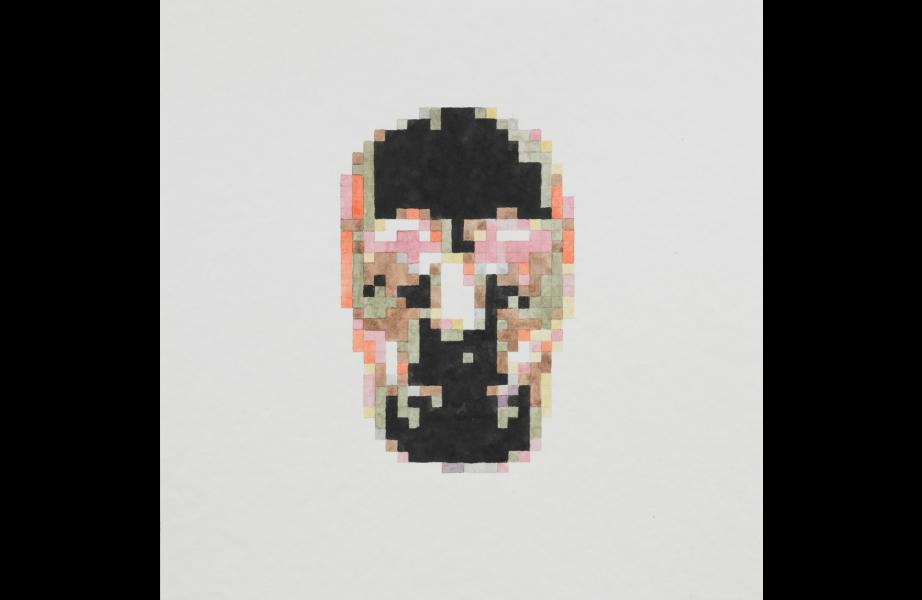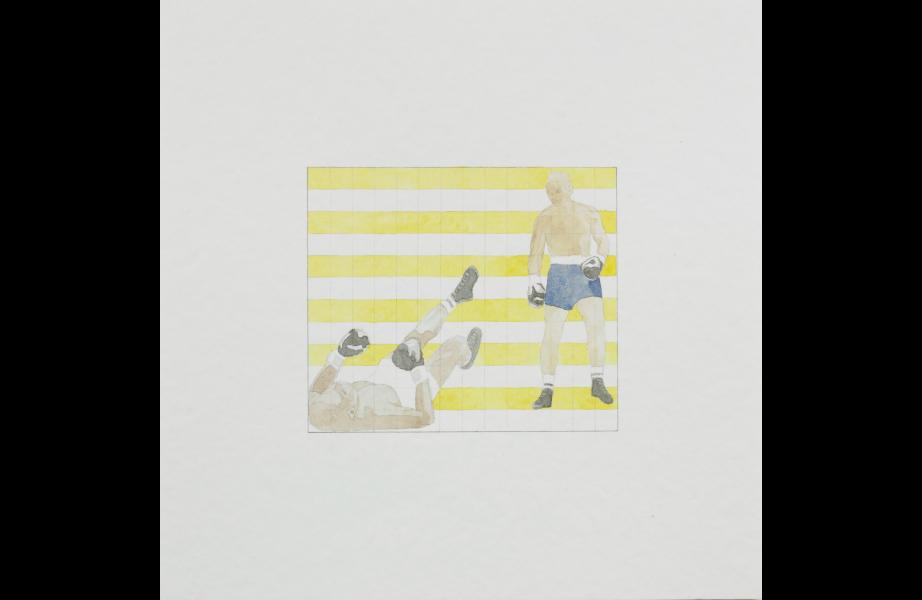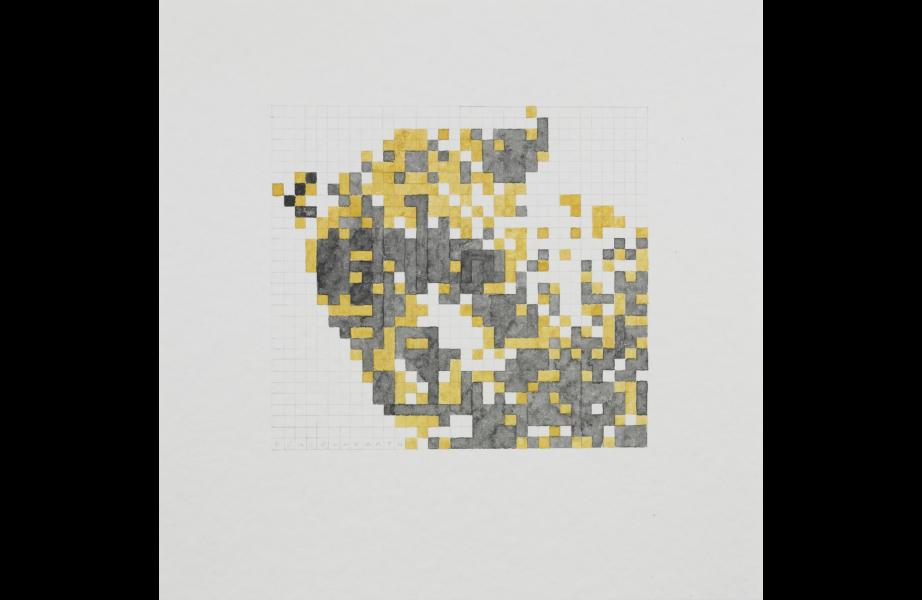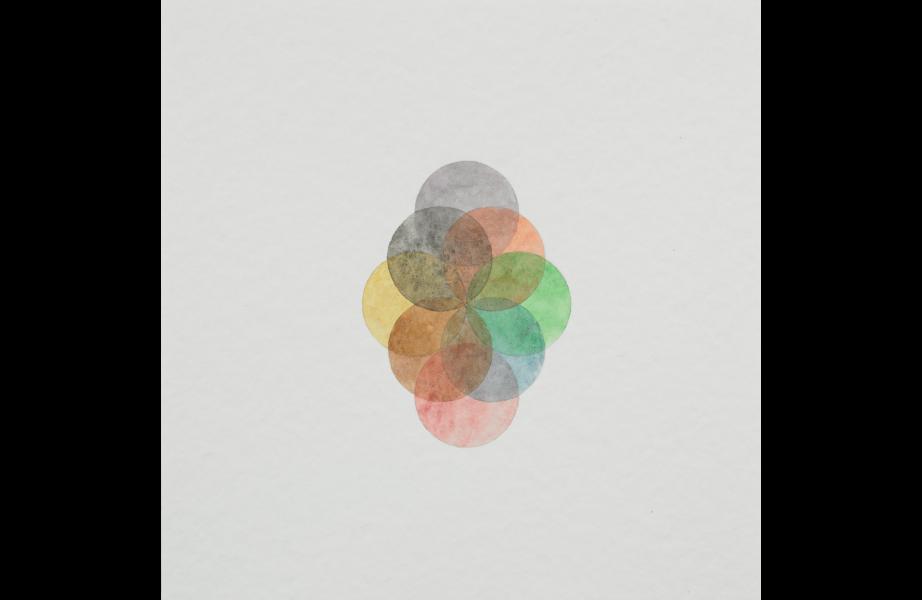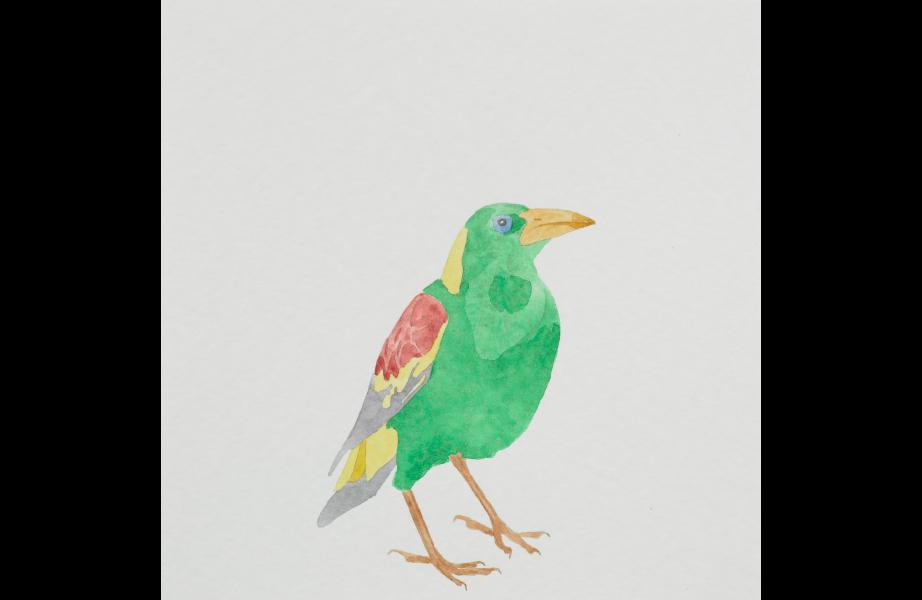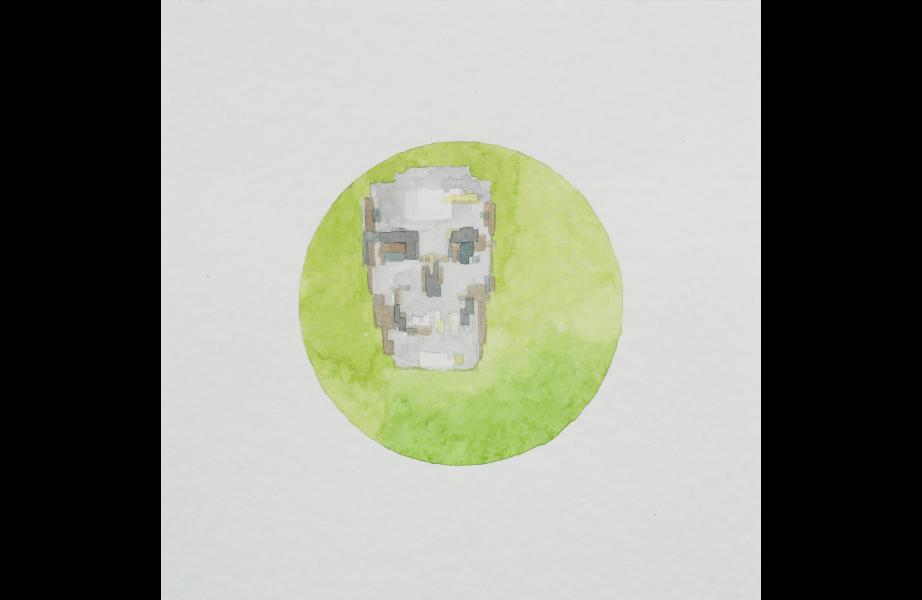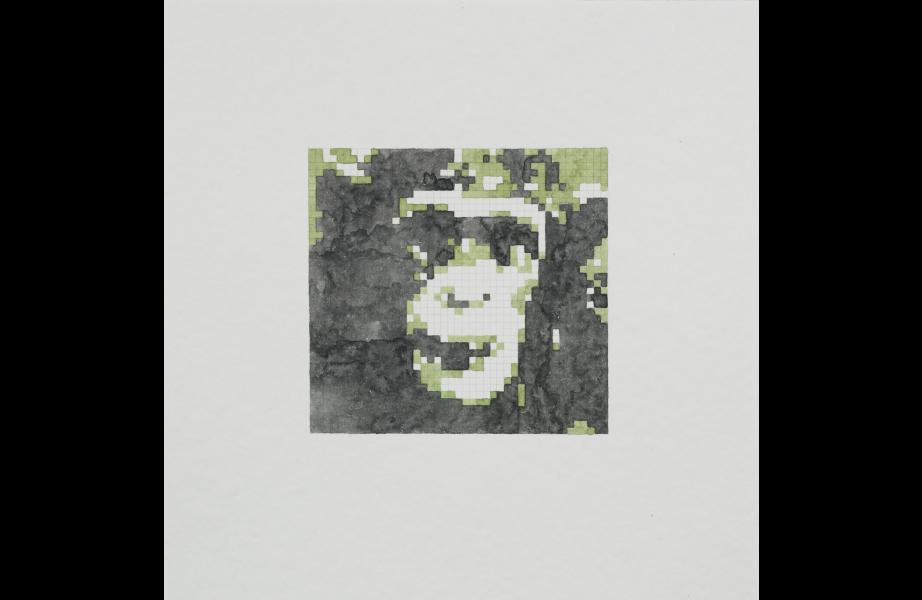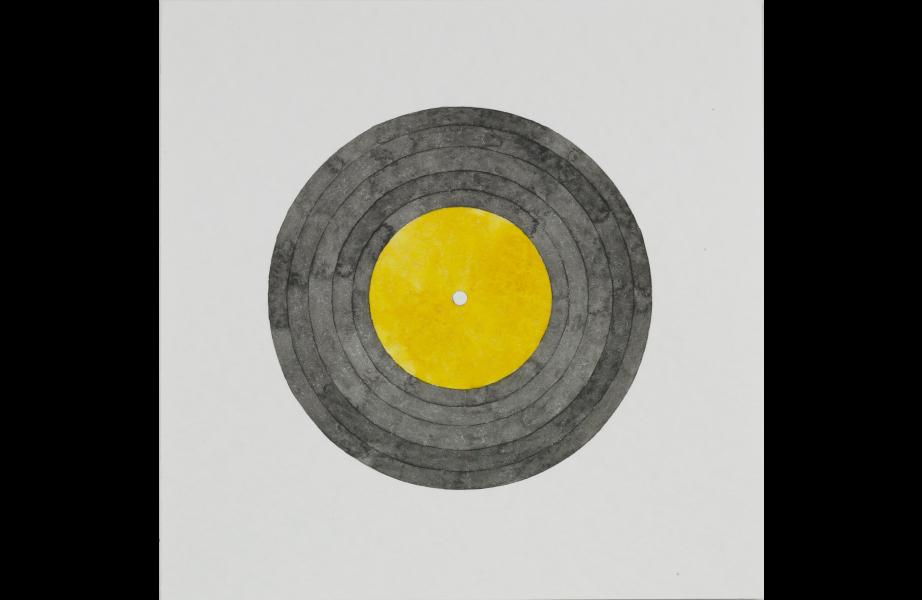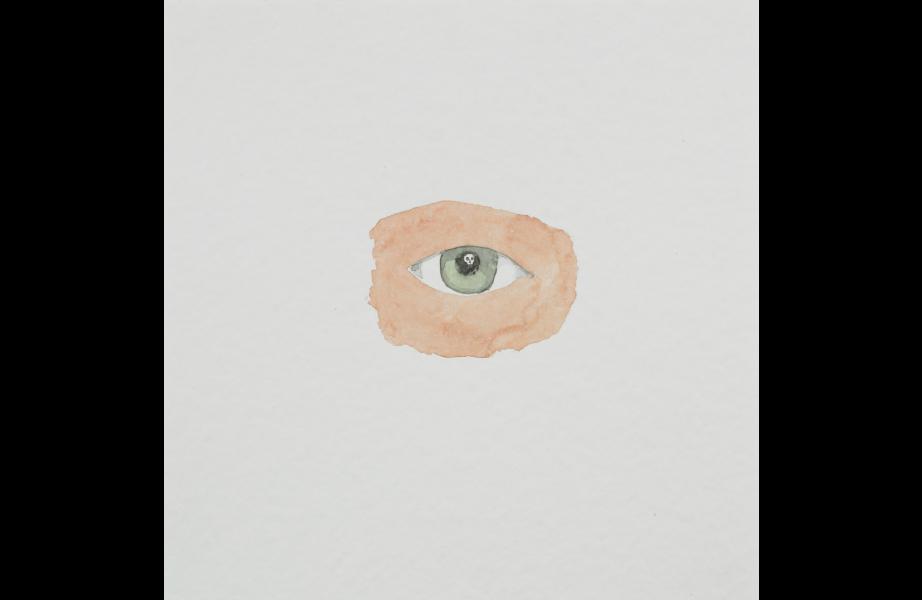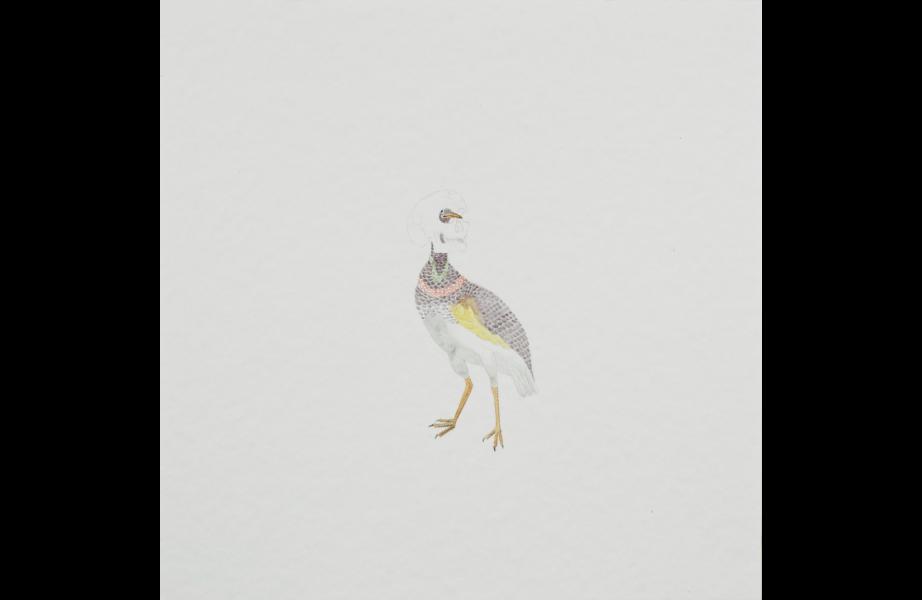Eugene Carchesio: 108
2008
The number “108” has meanings in many religions. In Tibetan Buddhism, it is said that the number is the product of multiplying the 12 months of the year by the nine planets. Other schools of Buddhism ascribe to the idea that 108 comes from taking "the six senses” (sight, sound, smell, taste, touch, and…
The number “108” has meanings in many religions. In Tibetan Buddhism, it is said that the number is the product of multiplying the 12 months of the year by the nine planets. Other schools of Buddhism ascribe to the idea that 108 comes from taking "the six senses” (sight, sound, smell, taste, touch, and consciousness) and multiplying them by three reactions (positive, negative, or indifference) to make 18 "feelings."
In Hinduism, Hindu deities have 108 names, while in Gaudiya Vaishnavism (Hare krishna) there are 108 gopis of Vrindavan. Recital of these names is often accompanied by the counting of a 108-beaded mala necklace, which is considered sacred, and often done during religious ceremonies. The recital is called namajapa. Accordingly, a mala usually has beads for 108 repetitions of a mantra.
In late 2008, Eugene Carchesio was asked to participate in the 108 project along with twelve other artists from around the world including Gonkar Gyatso, Shane Cotton and Vernon Ah Kee. The process of making 108 works becomes a meditation on the qualities, issues, hopes, and prayers that are specific to them. The large variance of interpretations regarding the number 108 leaves each artist room to come up with their own explanation that honors the others’, but is personal. Carchesio’s careful drawings are small and meditative. His prolific but fine practice melds flawlessly with the 108 project as he produces 108 beautiful pictures of bits and pieces with which he lives. A target is followed by an eye, intercepted by a skull that precedes an ape—one diaphanous layer after another, these eccentric little compositions paint an intimate yet poetically grand portrait of the world we all share.
[read full article]
